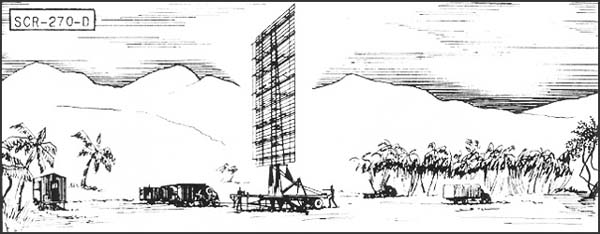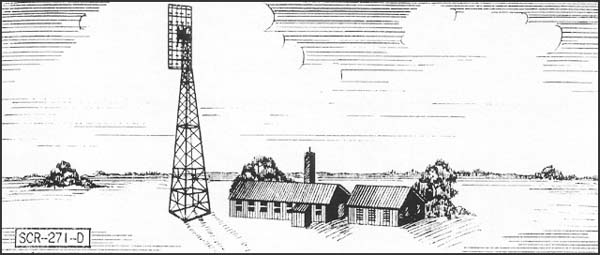Site History: A War Department Real Estate Directive dated 10 April 1942 authorized the acquisition of the 5.59-acre site in Ventura County for Radar Site L-35, Cantonement Area. 5.58 acres were acquired by lease from private parties. 0.1 acre was acquired by license from the County of Ventura on 1 January 1943 for the construction and operation of a water pipeline. Other improvements consisted of tents, wooden buildings, and a water well. The property was used by the Army Air Forces (AAF) for a Cantonement Area which was associated with Radar Site L-35. Radar Site L-35 was a separate installation located elsewhere. The Cantonement Area was declared surplus in June 1947 and was released in June 1948. After the AAF vacated the property all tents and wooden buildings were removed from the site. The property owner at that time removed the wooden buildings and the land was subsequently recultivated. The property is currently used as farm land, the majority of which is under cultivation. An active well exists at the approximate location of the well used by the AAF. A barn is located west of the well, but it probably is not on the subject site. It was not determined if the existing well is the same well used by the AAF, or if the pipeline that was installed is still present.
The property was used by the Army Air Force for a Cantonement Area. This Cantonement Area was associated with a separate installation known as Radar Site L-35 which was located elsewhere. Both installations were under the purview of the Pacific Coast Air Warning and Defense Systems plan. Improvements at the Cantonement Area consisted of several tents and small wooden buildings, a water pipeline, and a well. 3. The 5.59-acre property was declared surplus by the Army Air Forces in June 1947, and was released in June 1948 to the original
owners, John and Joseph Friedrich, and County of Ventura. The property is currently used as farmland and the majority of it is under cultivation. The tents and wooden buildings have been
removed. An active well is currently located at the approximate site of the well used by the AAF. It is not known if this is the original well and it is not known if the water pipeline still exists on the property.


| Altitude, feet | 1,000 | 5,000 | 20,000 | 25,000 |
| Range, miles | 20 | 50 | 100 | 110 |
- Set should be sited at a height
between 100' and 1000' above an unobstructed reflecting surface.

| Altitude, feet | 1000 | 5000 | 20,000 | 25,000 |
| SCR-271-E Range, miles | 20 | 50 | 100 | 110 |
| SCR-271-D Range, miles | 25 | 60 | 120 | 135 |

| Altitude, feet |
|
|
|
|
| Range*, miles |
|
|
|
|
- *Range of PPI limits GCI operation
to about 45 miles.
Transportability: Set is packaged for shipment in 55 units, weighing a total of 54,000 lbs. Largest unit measures 15.3' x 3.8' x 1.8'. Total shipping space is 3500 cu. ft.